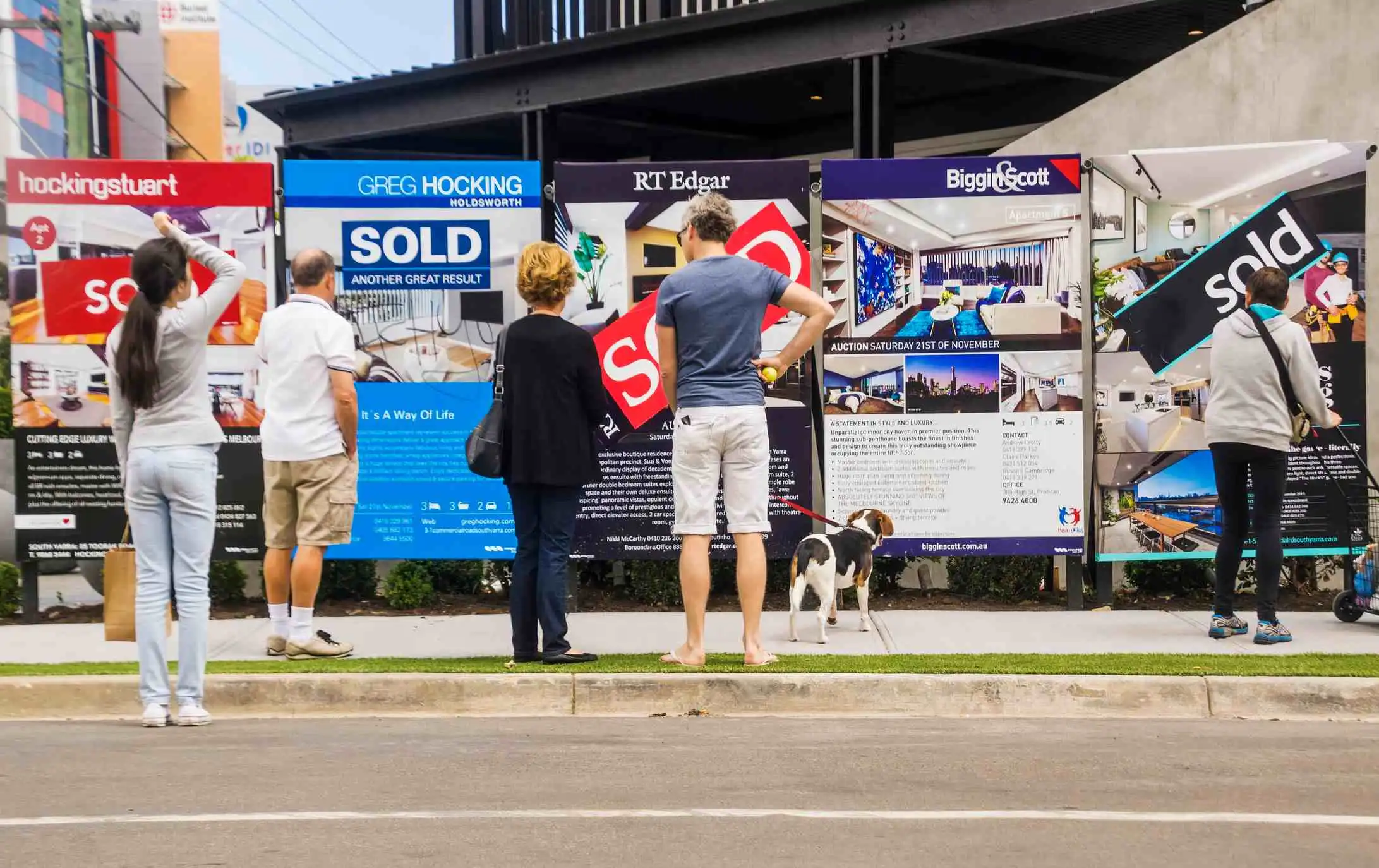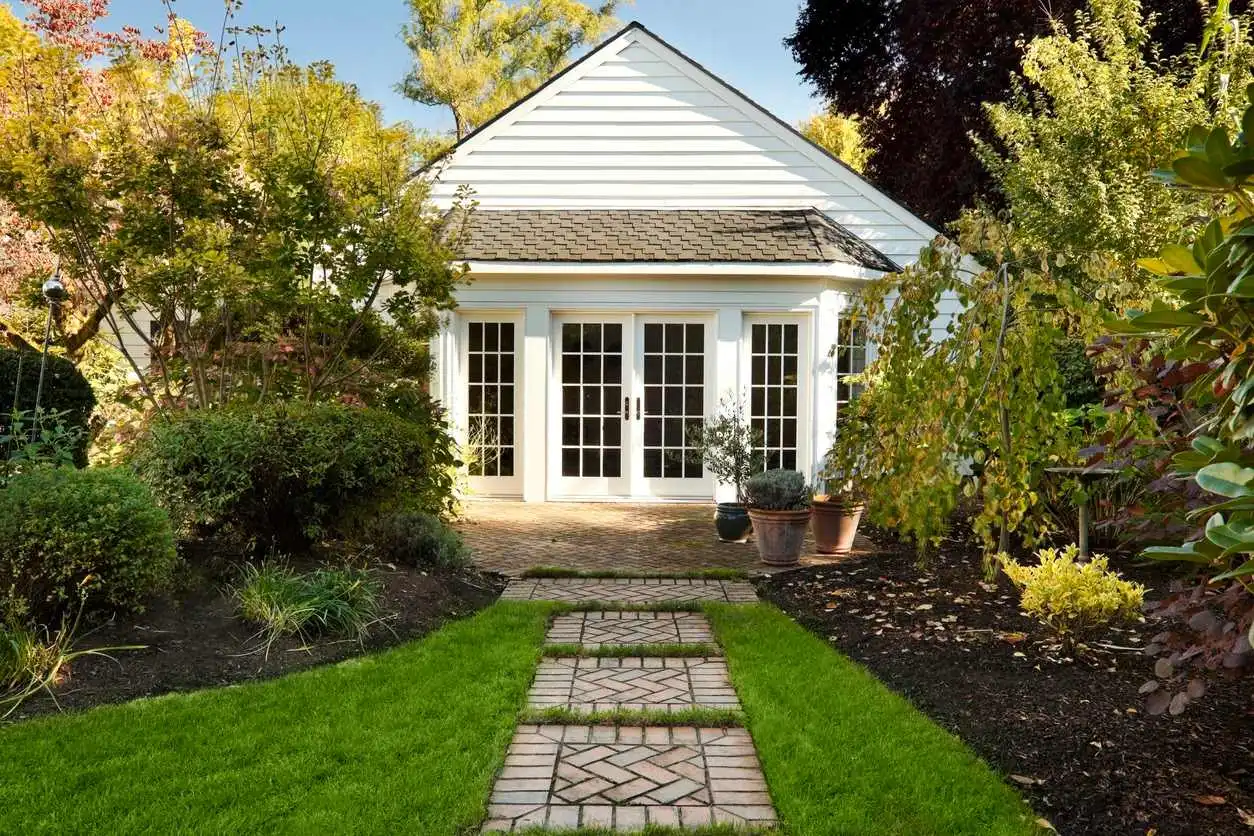Property market downshift continues as interest rates rise
After a wild two-year ride, the Australian property market looks poised for another period of major transition as the first in what is likely to be a series of interest rate hikes.
With price growth slowing and in some cases reversing, buyers facing a future of reduced borrowing power, and the cost of living rising fast, the seller-friendly conditions we've seen may be about to shift.
In this month's national market update, we'll look at the current state of play and how sellers are likely to be affected over the coming months.
National property values: April 2022
Houses$818,574Monthly change: +0.7%
Units$619,589Monthly change: +0.2%
As we've seen throughout 2022 so far, very different stories are unfolding across different Australian markets.
| Market | Month | Quarter | Annual | Median value |
|---|---|---|---|---|
| Sydney | -0.2% | -0.5% | 17.0% | $1,127,732 |
| Melbourne | 0.0% | -0.1% | 11.3% | $806,144 |
| Brisbane | 1.7% | 5.7% | 33.8% | $770,808 |
| Adelaide | 1.9% | 5.4% | 30.6% | $619,819 |
| Perth | 1.1% | 2.4% | 11.3% | $552,128 |
| Hobart | -0.3% | 1.2% | 25.5% | $735,425 |
| Darwin | 0.9% | 2.2% | 15.7% | $501,182 |
| Canberra | 1.3% | 2.7% | 25.7% | $947,309 |
| Combined capitals | 0.3% | 1.0% | 17.4% | $827,410 |
| Combined regional | 1.4% | 4.7% | 28.5% | $589,858 |
| Australia | 0.6% | 1.9% | 19.8% | $748,635 |
According to CoreLogic's latest data, Sydney recorded another dip in prices during April, falling -0.2 per cent for the month, while Melbourne remained virtually flat.
Hobart also entered the red for the first time in close to two years, with the median home value dropping by -03 per cent.
The heat is still on in Brisbane and Adelaide, although the sustained surge in growth eased off a little when compared to March.
Perth turned in another strong month, as did Canberra and Darwin, with all three cities sitting comfortably around the +1.0 per cent mark for the month.
Regional markets again eased off slightly, with gains reducing from +1.7 per cent in March to +1.4 per cent in April. Queensland, South Australia and Tasmania were the standout regional markets for the month.
Overall, the +0.6 per cent growth seen nationally represents the lowest monthly increase since October 2020, and that number continues to trend downwards.
A cycle of interest rate hikes will dampen the market
Tuesday saw the Reserve Bank of Australia raise the cash rate for the first time in more than 11 years, and it's likely there's plenty more to come.
With rates now jumping from 0.10 per cent to 0.35 per cent, it's the start of a cycle that will reduce buyers' borrowing power substantially, should it get to the levels above 2.0 per cent that many economists are predicting.
As a result, CoreLogic's head of research Tim Lawless said "we are likely to see a further loss of momentum in housing conditions over the remainder of the year and into 2023."
Inflation has flared up far more vigorously than many experts expected, beginning "a rapid tightening cycle" from the RBA which may begin to unravel the huge price gains experienced throughout 2021.
While the speed and severity of the upcoming rate rises is a hotly debated topic, it's widely agreed that this will have a substantial cooling effect on the housing market and on sale prices.
Sellers considering making a move may be wise to list sooner rather than later to take advantage of more favourable conditions before the market shifts further into 2022.
Listings remain low in strong markets but have normalised in others
As has been the case throughout 2022, supply and demand is dictating performance, as the gains or falls in each market are closely linked to levels of available housing stock.
The rate of new listings coming onto the market has dipped on a national level, there is a significant divide in the numbers between different cities and regions.
In the case of Brisbane and Adelaide, total available listings are currently -20 per cent lower than they were 12 months ago, and a huge -40 per cent below the five-year average.
Meanwhile, stock on the market has returned to average levels in Sydney, and Melbourne listings are now +8.2 per cent higher than the five-year average. In the case of both cities, buyer demand has also eased off.
Hobart's price fall also corresponded with an influx of new listings since mid-March.
"With higher inventory levels and less competition, buyers are gradually moving back into the driver's seat," Mr Lawless said.
Looking Australia-wide, with a trend towards listings increasing and buyer demand easing, strong selling conditions are making way for a more balanced market that may begin to favour buyers more as 2022 rolls on.
Regional markets have been 'insulated' from growth slowdown
Whereas the capital city markets continue to present a mixed bag of results, regional locations have maintained fairly broad strength.
| Market | Month | Quarter | Annual | Median value |
|---|---|---|---|---|
| Regional NSW | 1.1% | 4.5% | 26.6% | $743,830 |
| Regional VIC | 0.9% | 3.0% | 19.2% | $584,858 |
| Regional QLD | 1.7% | 5.8% | 25.3% | $551,605 |
| Regional SA | 2.1% | 7.3% | 19.7% | $324,708 |
| Regional WA | 1.2% | 2.3% | 9.8% | $398,211 |
| Regional TAS | 2.1% | 4.9% | 26.5% | $526,494 |
| Combined capitals | 0.3% | 1.0% | 14.6% | $827,410 |
| Combined regional | 1.4% | 4.7% | 23.9% | $589,858 |
Again, a shortage of listings is a key driver of the sustained growth. CoreLogic's report showed advertised stock levels are -42 per cent below the five-year average, while demand remains high and the volume of home sales is +20 per cent above the five-year average.
Even so, the rate of growth is trending in a downward direction.
Regional markets may have been insulated from some of the cooling effects seen in the capitals, but they also won't be immune from the impacts of rising interest rates.
There could be an upside for sellers, though, as regional areas represent better affordability. That bang-for-buck, tied in with buyers' reduced borrowing capacity, may push more citydwellers to look for a sea or tree change to put their money to work.
What's next for the Australian property market?
Right now, the topic of interest rate hikes seems all-consuming.
CoreLogic's report pointed out that there is a clear historical correlation between rising rates and a cooling of property prices.
“Although we are expecting the housing market to move into a downturn through the second half of the year, it is important to remember the context of the recent growth phase," Mr Lawless said.
“Since the onset of the pandemic, national housing values have increased by +26.2 per cent, adding approximately $155,380 to the median value of an Australian dwelling.”
The report cited recent RBA messaging that a +2 per cent increase in the cash rate could result in property prices falling by as much as -15 per cent, and a rate rise of that magnitude—or even greater—certainly doesn't seem out of the question.
To put things into perspective, that would return home values to the same levels they were at around April 2021. It would be a case of two steps forward, one step back.
Ultimately, while the pace and height that interest rates do rise is an unknown at this point, sellers looking to achieve top dollar may be safest taking a 'sooner rather than later' approach.









